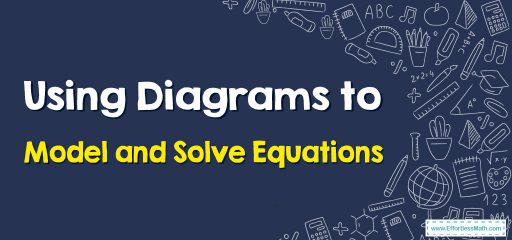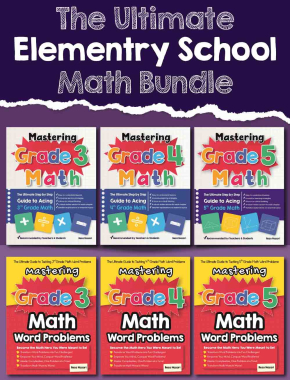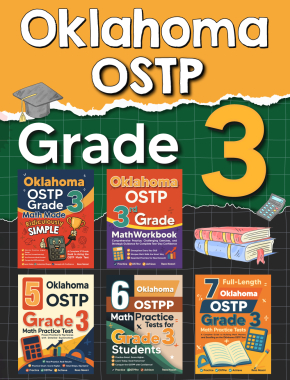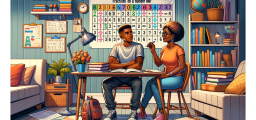Using Diagrams to Model and Solve Equations

- Identify the equation: Start by writing down the equation that you want to solve. Make sure it is a simple equation that can be solved using diagrams.
- Draw a diagram: Draw a diagram that represents the equation. For example, if the equation is x + 2 = 5, you can draw a number line with 5 on one side and x + 2 on the other side.
- Label the diagram: Label the diagram with the values from the equation. For example, in the number line, you would label 5 as “5” and x + 2 as “x + 2”.
- Compare the values: Compare the values on each side of the equation and determine if they are equal. In this case, 5 and x + 2 are equal.
- Solve for the unknown: If the values are equal, then you can solve for the unknown value, in this case, x. To do this, you can subtract 2 from both sides of the equation, resulting in x + 2 – 2 = 5 – 2, which simplifies to x = 3.
- Check the solution: Finally, check the solution by plugging the value of x back into the original equation and making sure both sides of the equation are equal. In this case, x + 2 = 3 + 2, which equals 5.
Original price was: $109.99.$54.99Current price is: $54.99.
Using Diagrams to Model and Solve Equations – Example 1
Using Diagrams to Model and Solve Equations – Example 2
Original price was: $109.99.$54.99Current price is: $54.99.
Original price was: $109.99.$54.99Current price is: $54.99.
Related to This Article
More math articles
- 9 Best Math Websites for Teachers and Students
- How to Solve Rational Exponents and Radicals?
- How to Convert Between Polar and Rectangular Coordinates
- How to Prepare for the SAT Math Test?
- Praxis Math Formulas
- 10 Most Common HSPT Math Questions
- Full-Length ATI TEAS 7 Math Practice Test
- The Law of Sines
- Cultivating a Love for Math: Parent’s Guide to Inspiring Passion
- How to Unlock the Path to Success: “TExES Core Subjects Math for Beginners” In-Depth Solution Manual






































What people say about "Using Diagrams to Model and Solve Equations - Effortless Math: We Help Students Learn to LOVE Mathematics"?
No one replied yet.